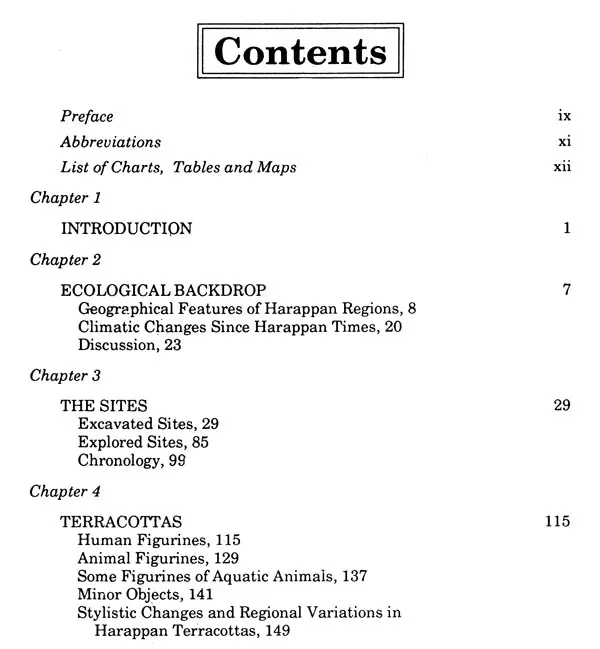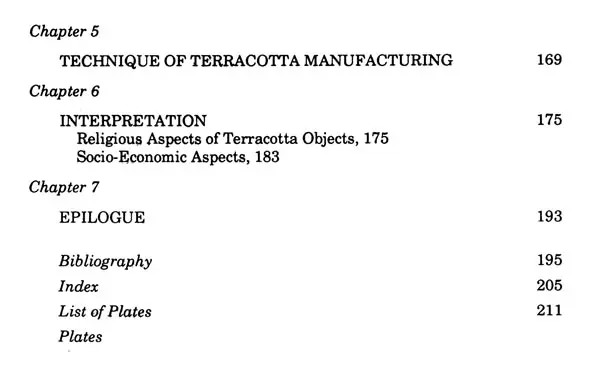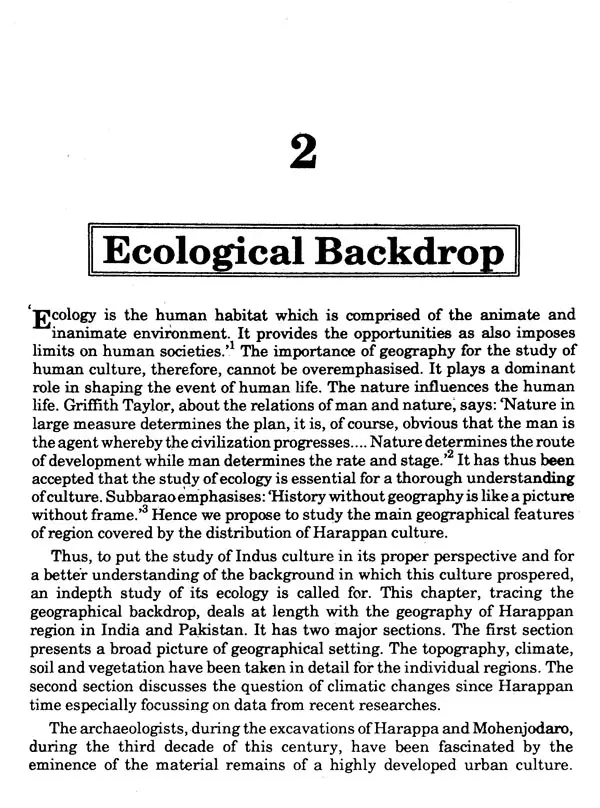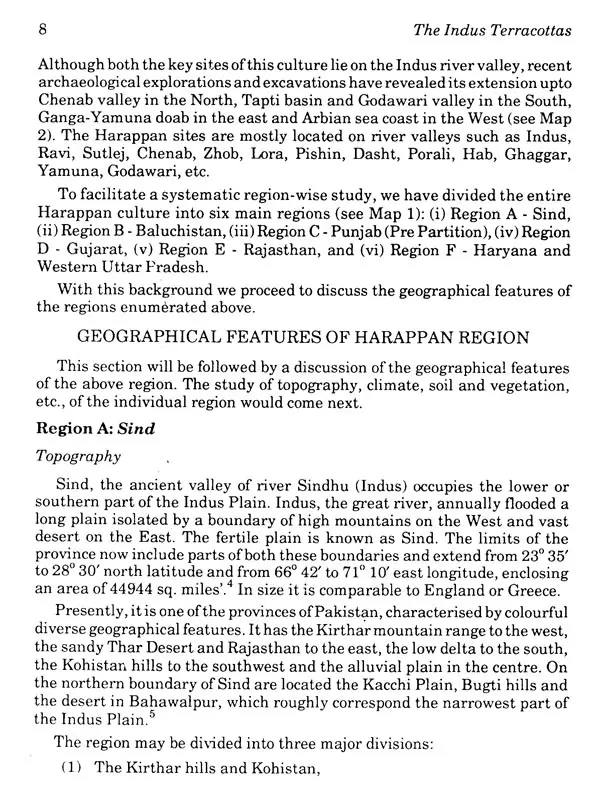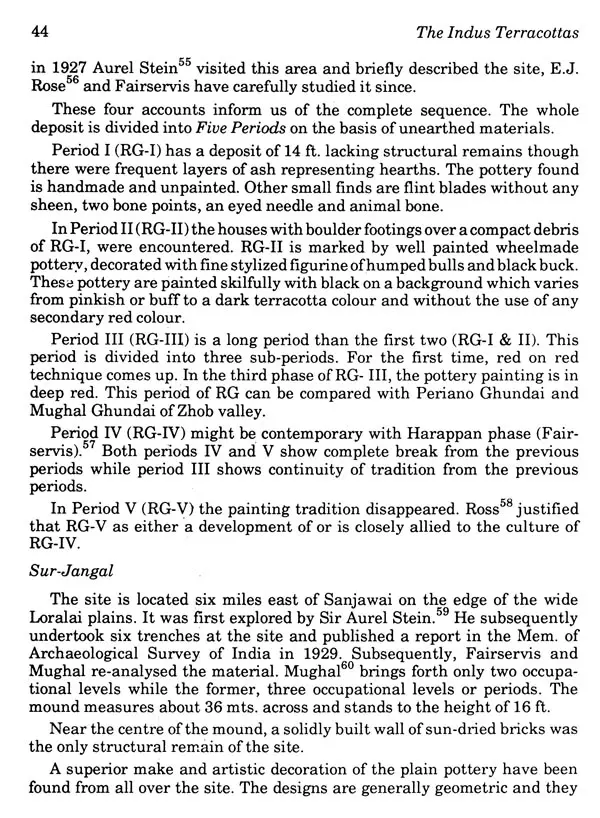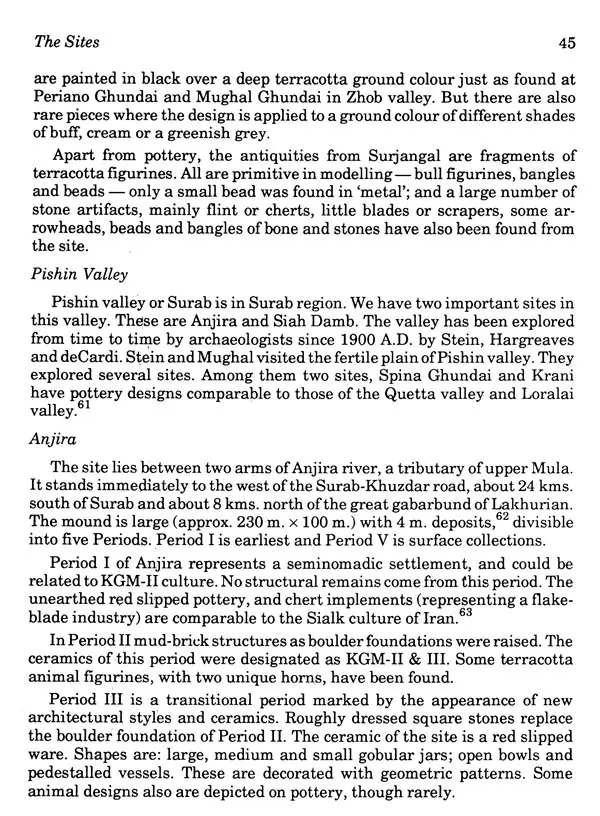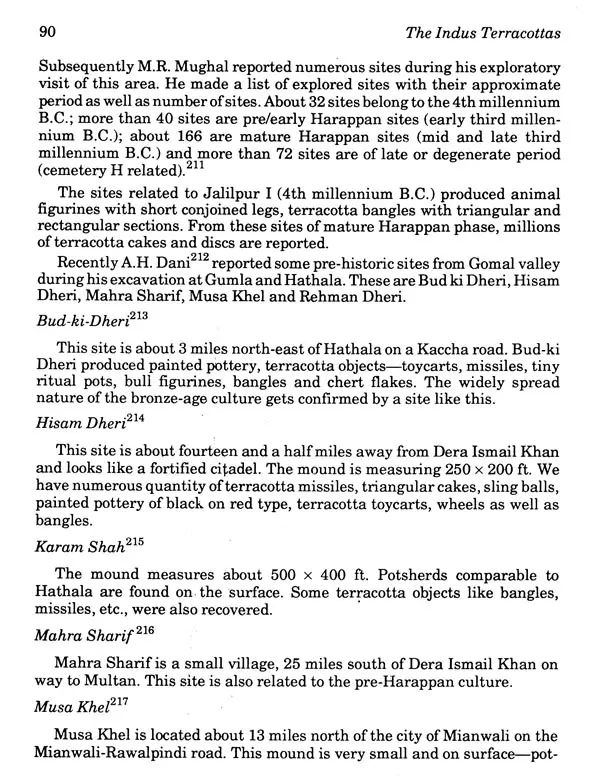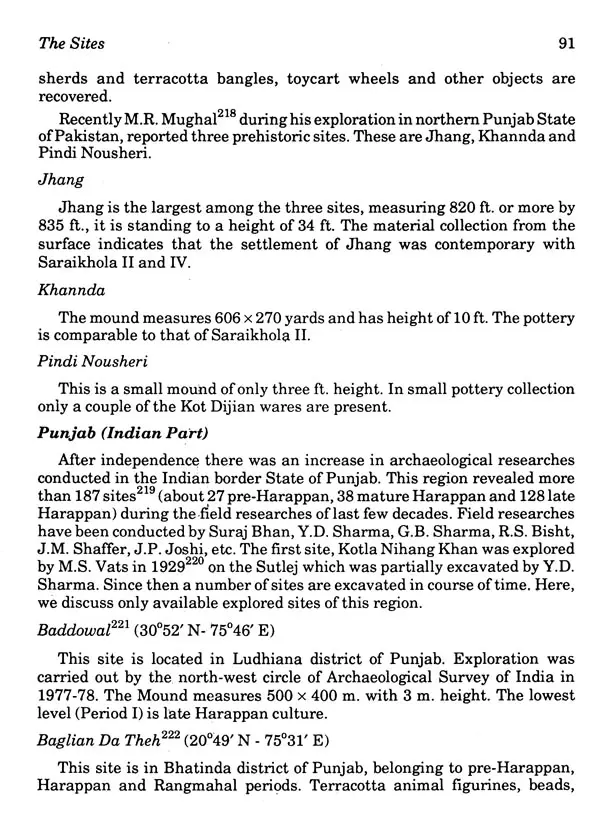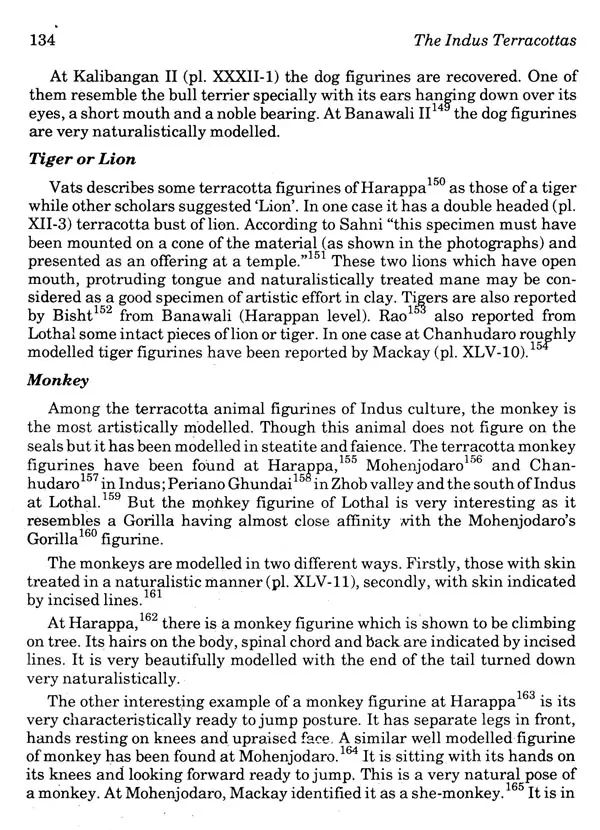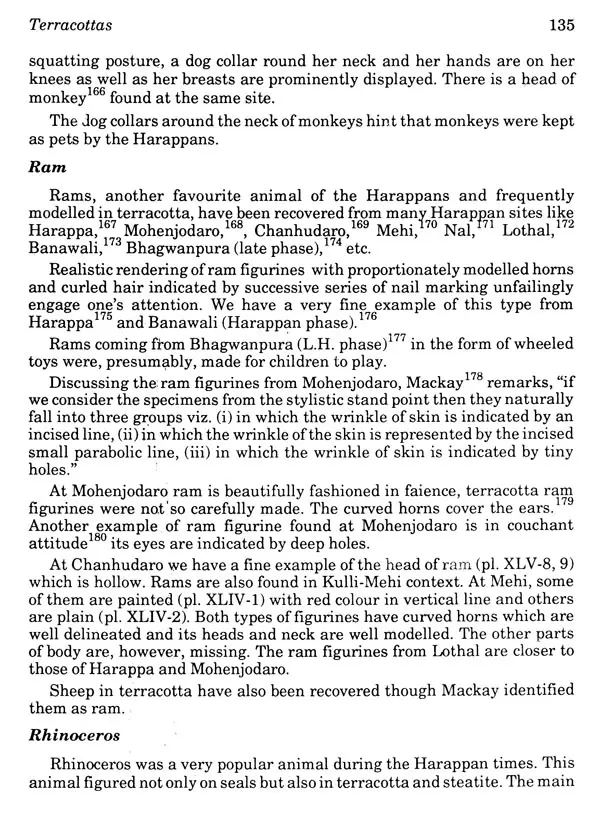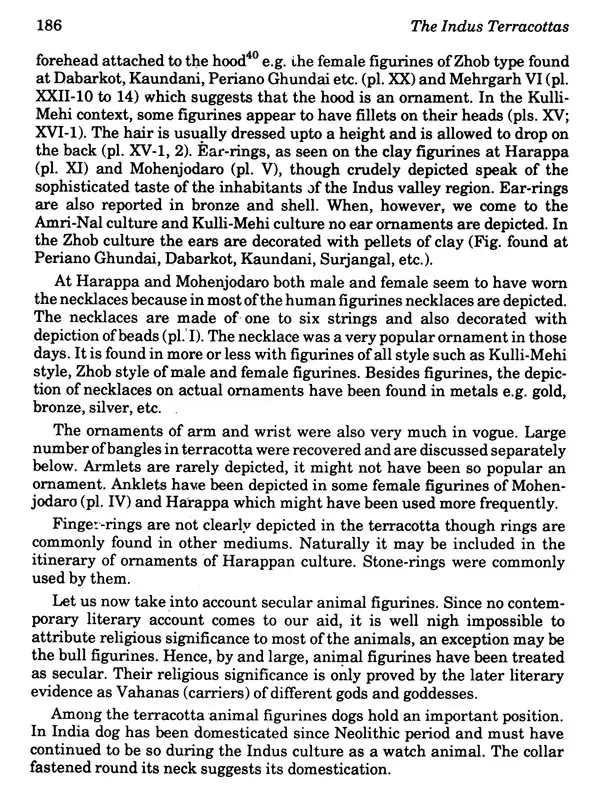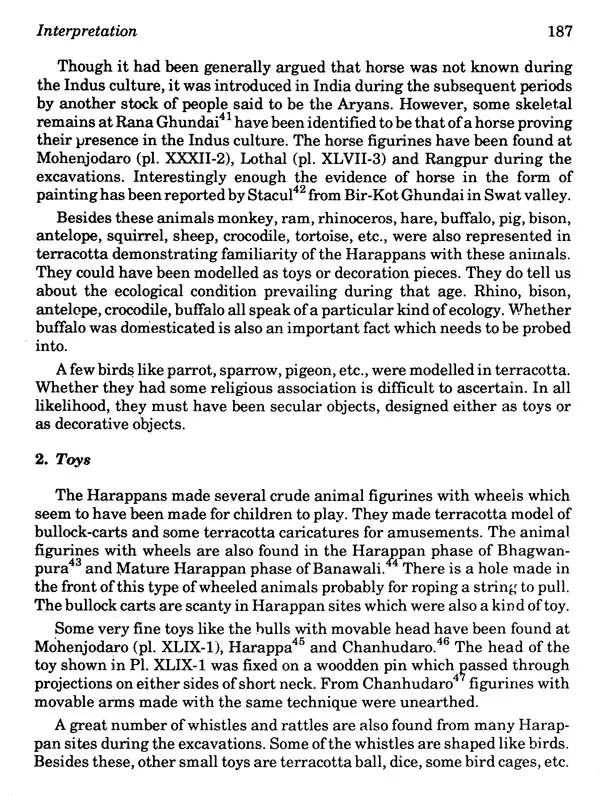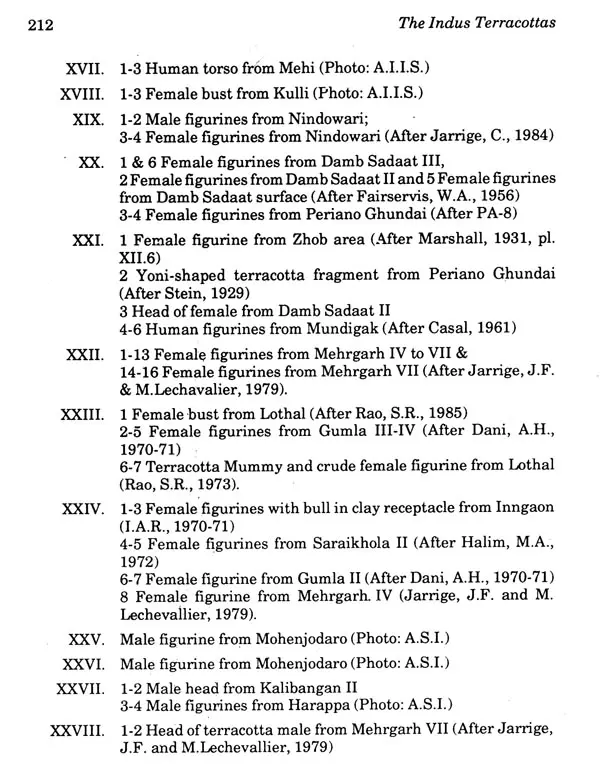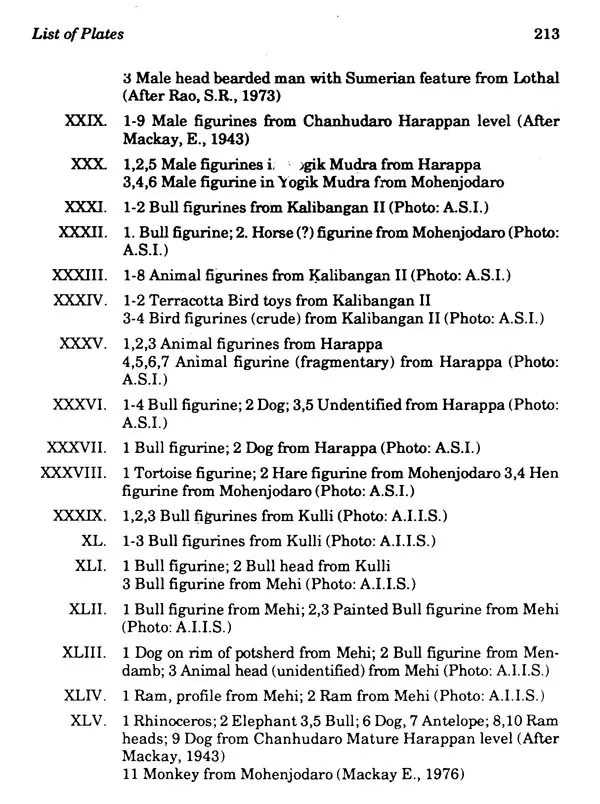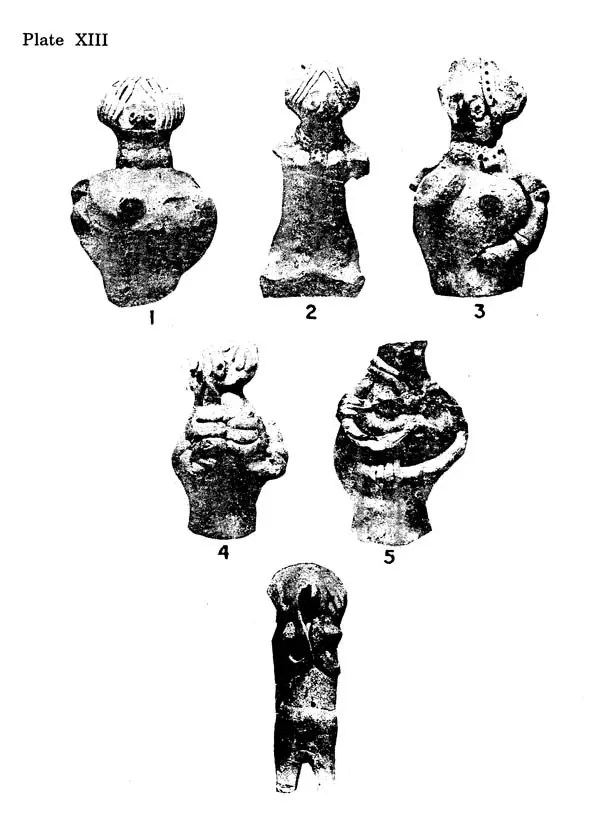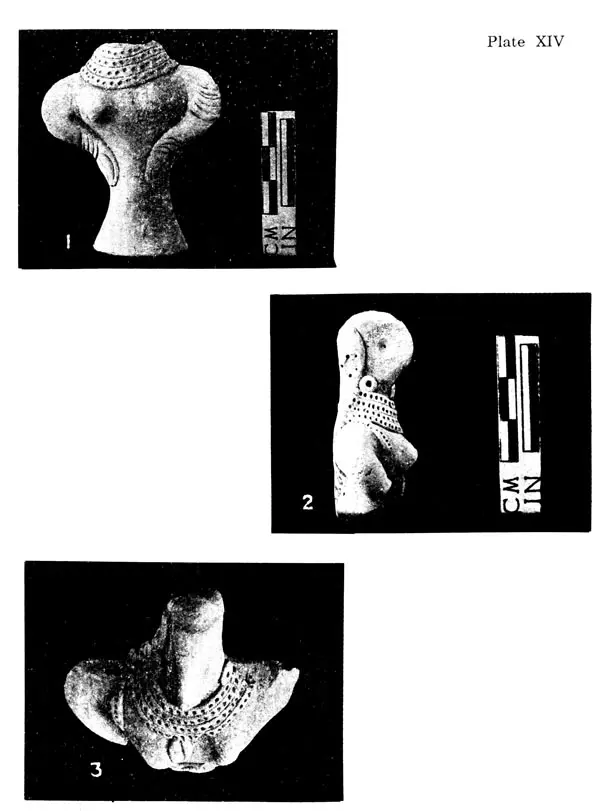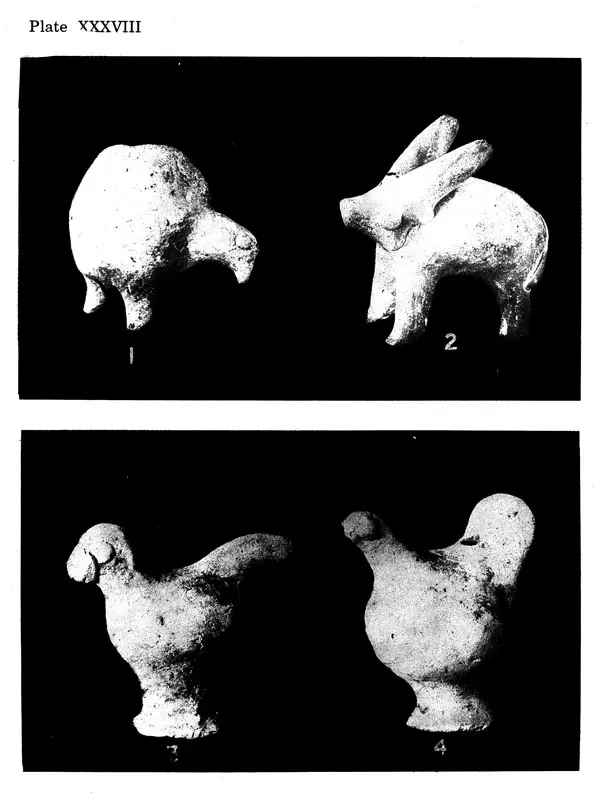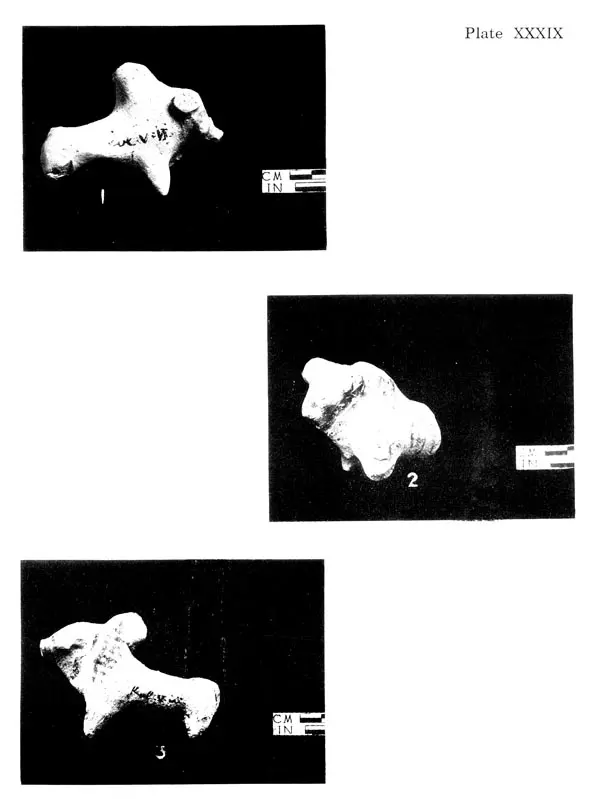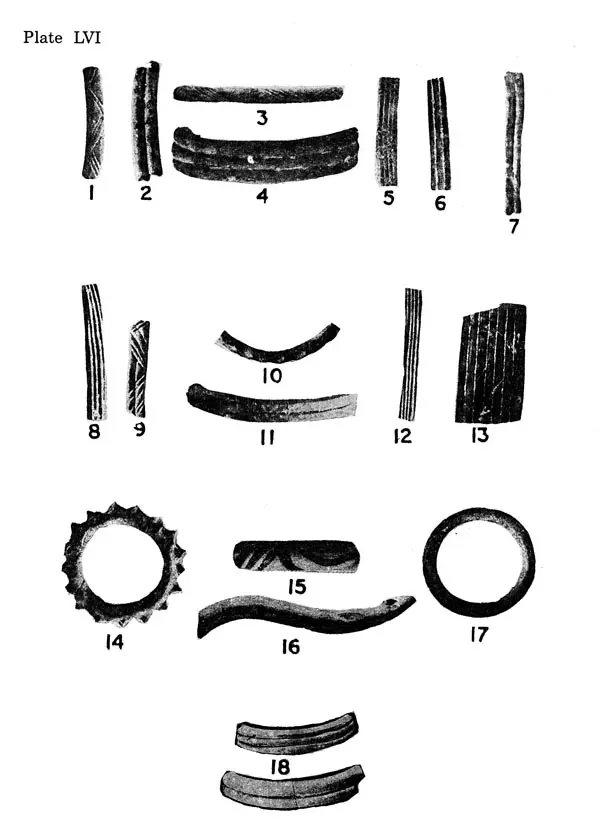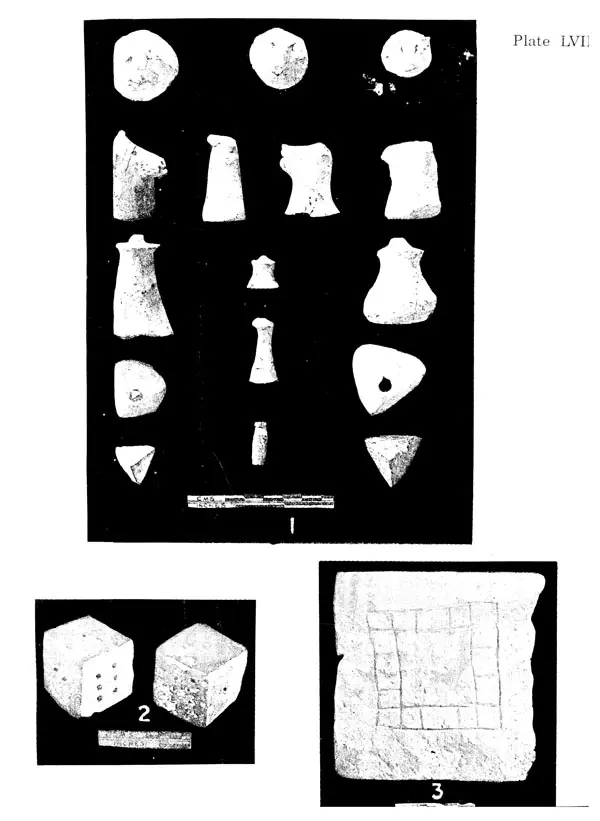
The Indus Terracottas
Book Specification
| Item Code: | UAF822 |
| Author: | Vibha Tripathi and Ajeet K. Srivastava |
| Publisher: | Sharada Publishing House, Delhi |
| Language: | English |
| Edition: | 1994 |
| ISBN: | 8185616159 |
| Pages: | 278 (Throughout B/w Illustrations) |
| Cover: | HARDCOVER |
| Other Details | 10.00 X 7.50 inch |
| Weight | 730 gm |
Book Description
A rich repertoire of terracotta objects is unearthed from almost every major excavated Indus site. Profusion in number, richness in variety and different usages to which terracotta objects could have been put to, should make them attractive to' a researcher in this field. The recent trend in archaeological researches is towards a holistic approach of cultural reconstruction with an emphasis on the life of common man. The terracotta art is a common man's mode of expression. This highly evolved form of plastic, art could be a powerful medium to reach out to the day today life of the man in the third-fourth millennium Be in the Indus valley and the adjacent region. Various aspects of this culture reveal themselves with utmost clarity. This is the chief objective of the present work which is the outcome of a doctoral project at Banaras Hindu University. Since the author Dr. Ajeet K. Srivastava is no longer engaged in academic pursuits but is nevertheless keenly interested in sharing the results of his researches with all concerned, we decided to bring out the present volume in print. Modifications and alternations are made to suit the requirements without changing the basic nature of the work and new data forthcoming) phrase been incorporated. The detailed description of terracotta objects at tiniest verging on monotony are however unavoidable and have been retained even though at the cost of readability. The effort, we hope will be appreciated.
It is aimed here not only to bring together all the scattered data but also to bring forth the unpublished Indus terracotta’s from sites which have not seen the light of the day and present the evidence in a cohesive and systematic form for cultural reconstruction. We have to draw upon the generosity of individual excavators; we express our deep gratitude to them.
Special thanks are due to Dr. J.P. Joshi, the ex-Director General and Shri M.C. Josh', the Director General, A.S.1. of India and its staff for allowing us to examine the excavated material and helping us in several ways. We express our indebtedness to Shri Krishna Devji and Shri M.K. Dhaki of A.I.I.S., Ramnagar, Varanasi for their valuable suggestions and support. Thanks are also due to the friends and colleagues in the Dept. of A.I.H.C. and Archaeology, Banaras Hindu University. We are grateful to the Librarians of the Departmental library, AIHC & Archaeology, B.H.U., American Institute of Indian Studies, Varanasi, National Museum and Archaeological Survey of India. We acknowledge with thanks the Archaeological Survey of India and the American Institute of Indian Studies for supplying most of the photographs and other details.
We shall be failing in our duty if we do not express our thanks to Dr. Sunil Ray, Dr. S.P. Gupta, D1: Shashi Asthana, Shri K.N. Dikshit, Shri B.M. Pande, Prof. B.B. Lal, Prof.D. P. Agrawal for constantly helping us in various ways. We are thankful to Sanjay Asthana for going through the manuscript and giving helpful suggestions. Affectionate appreciation is also expressed to Dr. Ravindra Kumar, Sanjiv, Shive, Dr. A.K. Mishra, Bhaiya Lal, Dr. Arvind Singh, Dr. Meera Sharma, Dr. Geeta Penuli, Dr. Renu Bala whose assistance and companionship was a source of encouragement in data collection. We are thankful to Dr. Arun K. Mishra & Arvind Singh for their help in preparation of drawings and illustration at their final stages.
Last but not the least; deep regards are expressed to parents and members of our families for their affection, patience and forbearance.
In the end, we would like to pay our homage to our teacher Late Prof. K. Sinha who was constantly associated with the research and without whose constant guidance and unconditional and affectionate support the work could not have acquired the present shape. We shall miss his constructive criticism and constant encouragement because of his untimely demise.
A necessity is felt to take up terracotta’s for a close and detailed examination and to make the mute clay objects speak and narrate the story of the common man. Terracotta’s give us' a real peep into day-to-day rife and bring us virtually face to face with the real architects of the Indus Valley civilization.
The earliest clay figurines in the Indian subcontinent are reported from Mehrgarh I (sixth-seventh millennium B.C.) in Baluchistan. These specimens of plastic art seem to have been a handiwork of neolithic man at Mehrgarh. Strictly speaking, these objects may not be called terracotta as they are unbaked. The word terracotta is defined in the Shorter Oxford English Dictionary as baked earth - "A hard unglazed pottery of a fine quality, of which decorative tiles and bricks, architectural decorations, statuary vases, and the like are made. The color of this pottery is a brownish red. of various shades."
Having made. advancement in pyrotechnology the clay art was given permanence by subjecting them to firing. This phenomenon has more or less been repeated in most of the ancient world civilizations, like Egypt, Orate, Cyprus, Mesopotamia (Iraq), Iran, Babylonia, China, etc. In Egypt and Mesopotamia terracotta’s are found in the graves or beneath the floors of residential houses showing thereby, their magic-religious association. In Babylonia the terracotta figurines were kept inside brick boxes. Though terracotta art has been designated as 'rustic art' or 'poor man's art', this bountiful evidence is a delightful mode of expression and a powerful source of cultural understanding. The sheer enormity of the number is a valuable tool for a better understanding of life of the people.
Unfortunately though, we have yet to recover from the dazzle of the more complex issues of Indus culture giving little attention or care to the so-called minor objects, terracotta being one of the most prolific examples of this class of antiquities.
Our traditional approach needs modification. This study is an attempt in this direction.
Previous Work, It would be unfair not to give due credit to those who studied terracotta’s of Indus civilization. A.K. Coomaraswamy, D.H. Gordon and Stella Kramrisch gave place to the Indus terracotta’s in their respective writings describing the early Indian terracotta’s. Coomaraswamy wrote a highly suggestive paper 'Early Indian Terracotta’s in 1927. In this paper he has tried to arrange certain specimens in a chronological order. It was in 1939 that Stella Kramrisch published a paper 'Indian Terracotta’s in Journal of the Indian Society of Oriental Art. She also discussed the Indus terracotta’s in general way. The problem of early Indian terracotta’s was discussed by D.H. Gordon, published in Man, vol. XXXV, in 1935. As early as 1944, C.C. Dasgupta described the terracotta figurines belonging to Indus Valley region in his thesis 'Origin and Evolution of Indian Clay Sculpture' which was published in book form in 1Q61. But his study is confined only to terracotta figurines of the sites of Indus Valley region but only a few sites had been excavated then. Besides this major work he also published many articles on the evolution and problems of early Indian terracotta’s in the fourth decade of this century. Subsequently, the ornaments and jewellery of the Indus Valley people have been described with the help of the terracotta figurines by Rai Govind Chandra in his book Studies in the Development of Ornaments and Jewellery in Protohistoric India published as early as 1964.
Book's Contents and Sample Pages
